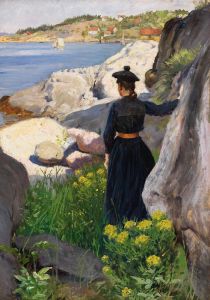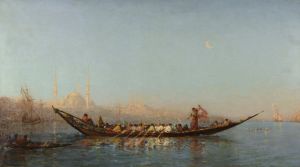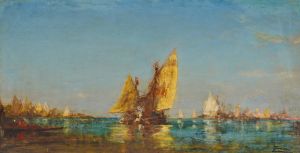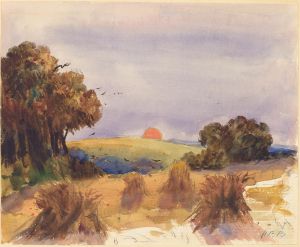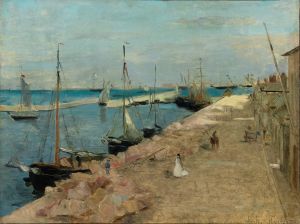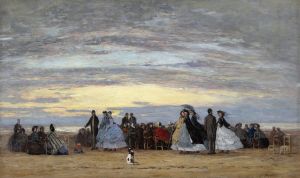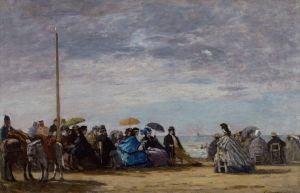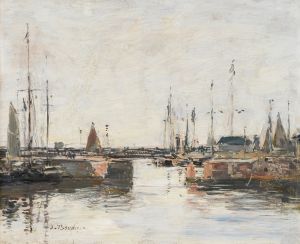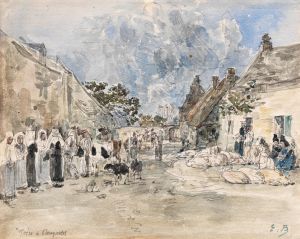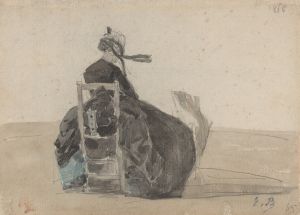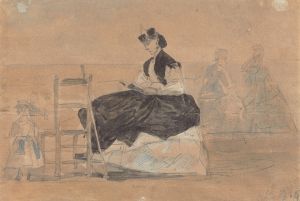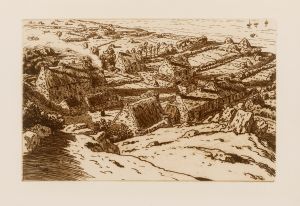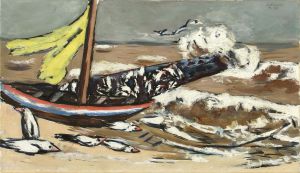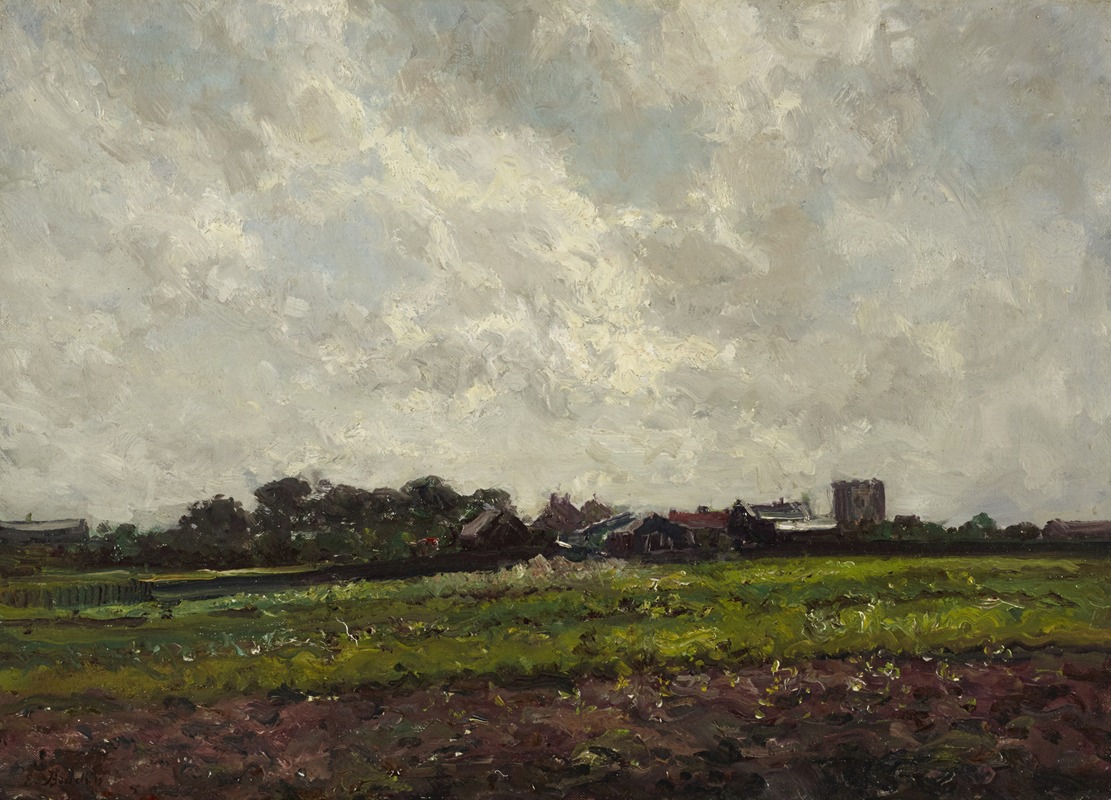
Study
A hand-painted replica of Eugène Boudin’s masterpiece Study, meticulously crafted by professional artists to capture the true essence of the original. Each piece is created with museum-quality canvas and rare mineral pigments, carefully painted by experienced artists with delicate brushstrokes and rich, layered colors to perfectly recreate the texture of the original artwork. Unlike machine-printed reproductions, this hand-painted version brings the painting to life, infused with the artist’s emotions and skill in every stroke. Whether for personal collection or home decoration, it instantly elevates the artistic atmosphere of any space.
Eugène Boudin was a pioneering French painter, renowned for his seascapes and beach scenes, and is often credited as one of the forerunners of Impressionism. His work "Study" is a testament to his skill in capturing the transient effects of light and atmosphere, which would later become a hallmark of the Impressionist movement.
Boudin was born in Honfleur, France, in 1824, and his early exposure to the sea greatly influenced his artistic focus. He began his career as a stationery and picture frame dealer, which allowed him to meet artists who encouraged him to pursue painting. By the 1850s, Boudin had dedicated himself to art, studying in Paris and developing a keen interest in painting en plein air, or outdoors, which was relatively novel at the time.
"Study" by Eugène Boudin is a work that exemplifies his dedication to capturing natural scenes with immediacy and authenticity. Although specific details about this particular painting are scarce, it is consistent with Boudin's broader oeuvre, which often depicted the skies, beaches, and coastal life of Normandy. His studies were typically small-scale works that served as preparatory sketches for larger compositions or as standalone pieces that captured the essence of a scene.
Boudin's technique involved quick, loose brushstrokes that conveyed the movement of clouds and the play of light on water. This approach allowed him to depict the changing weather and atmospheric conditions with remarkable fidelity. His ability to render the subtleties of light and shadow was highly influential on younger artists, including Claude Monet, who famously referred to Boudin as his "master."
Throughout his career, Boudin exhibited regularly at the Paris Salon and was well-regarded by critics and fellow artists alike. His commitment to painting outdoors and his focus on natural light were instrumental in the development of Impressionism, a movement that sought to capture the fleeting effects of light and color in everyday scenes.
"Study" likely reflects Boudin's interest in the interplay between sky and sea, a recurring theme in his work. His paintings often feature expansive skies that dominate the composition, with figures and landscapes rendered in delicate, nuanced tones. This emphasis on the sky's vastness and variability underscores Boudin's fascination with the natural world and his desire to depict it as faithfully as possible.
Boudin's legacy is evident in the works of the Impressionists who followed him, and his influence can be seen in their shared emphasis on light, color, and the immediacy of outdoor painting. His studies, including "Study," remain important examples of his innovative approach to capturing the essence of a moment in time.
In summary, Eugène Boudin's "Study" is a reflection of his pioneering spirit and his dedication to capturing the beauty and complexity of the natural world. Through his innovative techniques and focus on light and atmosphere, Boudin laid the groundwork for the Impressionist movement, leaving an indelible mark on the history of art.





